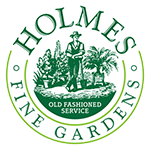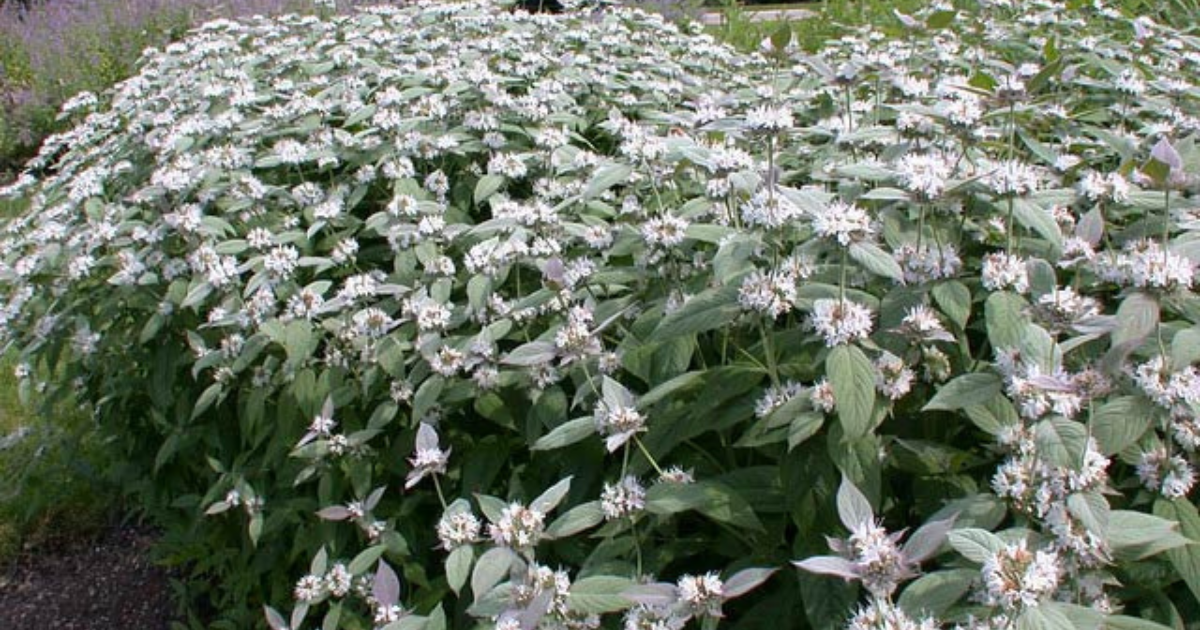
As a garden designer during the winter in the Northeast, I have more time to contemplate things as we are not busy with the rush of the growing season. Time spent planting, picking up materials, coordinating crews, meeting with clients, and working from sun up until sun down can now be used to work on drawings, get the shop ready for full-time use come spring, catch up on paperwork, go to industry conferences, and catch up on some reading. I appreciate the much-needed downtime as it allows me to understand things from new perspectives – literally and figuratively. There’s more time spent looking out my window at my own garden or going for walks in the woods and mountain biking on some of the great trails in our area. It’s usually during one of these excursions that fresh ideas pop up and new perspectives come more into focus.
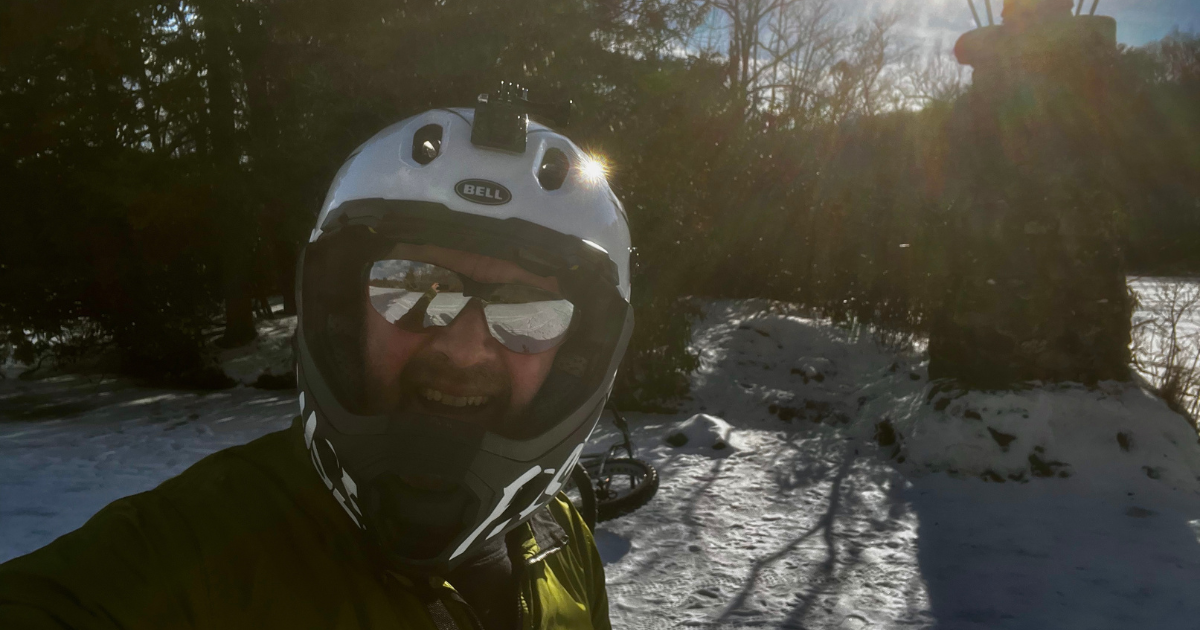
This time of year, the winter landscape is largely bare of its foliage, except for the brave. During this time, the winter landscape is mostly stripped of its foliage, leaving only resilient evergreen plants like mountain laurels, pines, hemlocks, Christmas ferns, wintergreen, mosses, and American hollies. This allows the structural elements of the landscape—such as stones, tree trunks, and branches—as well as other natural and man-made features to be prominently displayed. In winter, these enduring structural elements are exposed without the softening effect of lush foliage that usually colors and enhances them.
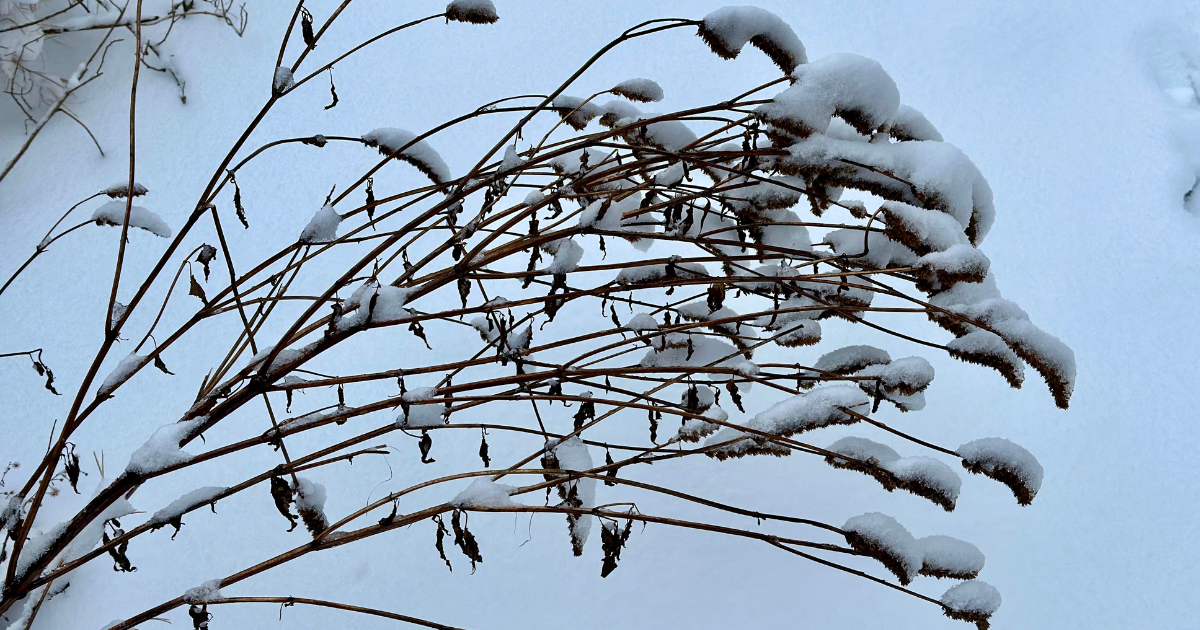
There may be tufts of tawny grasses and perennials weathering the winter landscape. Still, without the (dare I say distracting) flowers and the verdant colors of the foliage, it’s a great time to read the landscape for simple clues, all of which inform my designs and springtime plans. This dormant season site analysis provides unobstructed views of the site lines, contours, bed edges, pathways, spatial orientation between garden elements, and even the bane of many landscapes – the wretched thorny or otherwise invasive plants junking up the native woodlands and property line edges. Everything is now clearly visible, helping me reimagine the landscape. This is a crucial part of the design process that requires me to be attentive and take careful mental notes.
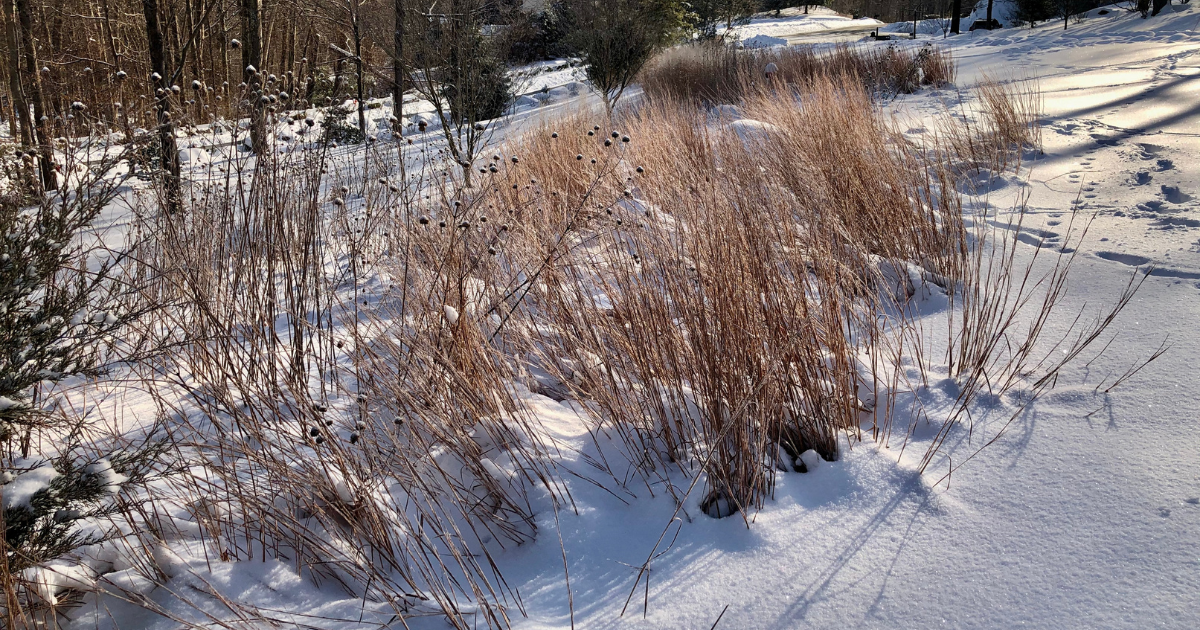
Site Analysis:
The existing vegetation gives me clues as to the types of soils, light, and moisture available on the site, informing my planting palette, rather than forcing my preconceived notions of what I’d want to see planted.
After my mental notes have been taken and the notepad is filled with observations, it’s time to put the existing conditions of the site on a plan view (Birds Eye) drawing. Keeping in mind all of the above conditions along with the underground utilities, overhead wires, potential tree hazards, future expansion or changes to the footprint of the house, or plans for a new patio or pool structure, the site plan evolves.

Client Input/Scope of Project:
The next step I take is to define the intent and use of the space before I can create a design. In a typical client engagement, this process usually occurs during the first few meetings. Knowing the intent of the space and the general look they want can be as easy as them saying, “I’d like a whole lot less lawn and a relatively maintenance-free native planting with year-round interest for the pollinators and a gathering space such as a patio and a possible fire pit.” Hearing this, my heart gladdens me, and I think to myself, “This is what I wish each customer would say!” With this new information, I now have ample details to guide the design phase, including the types of plants the client prefers, how they intend to use the space, and other future projects that may be integrated into the plan. Without this input, I would be designing blindly and risking the chance of not meeting the client’s objectives.

Refining the Scope: Set Expectations
At times, the client’s expectations are not in line with the realities of the site condition. If a native meadow filled with loads of bright flowers is desired but the home is situated on a dark wooded lot, it is just not possible to achieve those results as most meadow plants require at least 4-6 hours of direct sunlight each day. In this case, I might suggest instead a woodland garden with varying understory shrubs and trees along with an herbaceous ground cover that could provide similar ecological functions as a meadow with a diversity of plants, and giving nectar and food sources along with year-round interest.
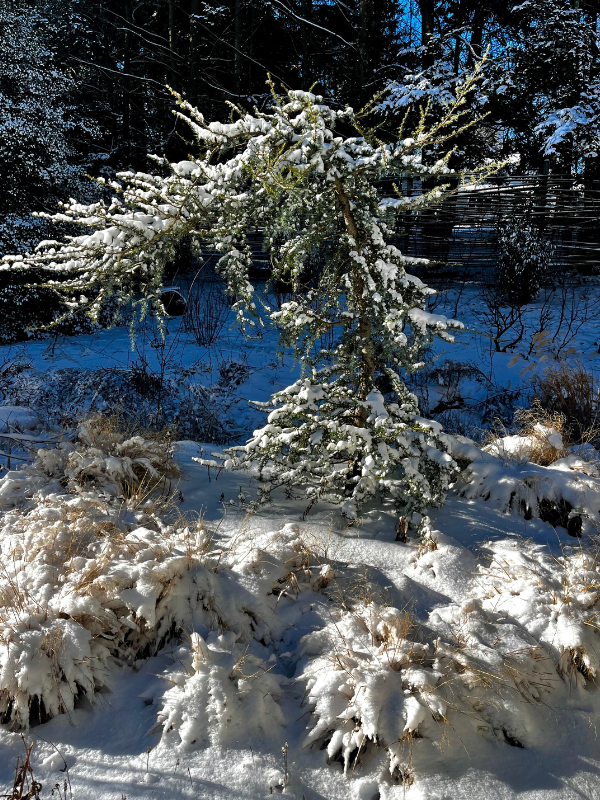
Becoming the Viewer:
One of the main objectives of my design approach is to imagine the views of the garden spaces from the primary vistas with the idea of drawing the viewer into the space. This can be achieved by framing a view with a grouping of trees, drawing the eye down a sinuous path toward a visual destination/focal point in the background, or all of the above! At times, a sense of mystery is what’s needed to entice the viewer to explore what lies just around the corner. My objective is to keep the viewer’s experience in mind and continually invite them to explore the garden, encountering pleasant visual surprises along the way.
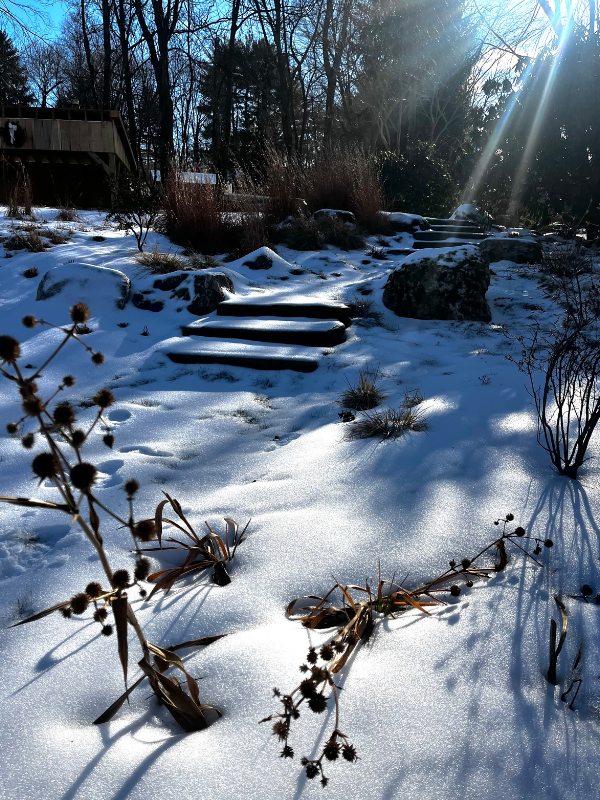
Long-term Success:
Unlike many other art forms, garden design is unique because the end product is forever evolving. Looking into the future and planning for the next 10, 20, or 50 years (or beyond) of growth of a plant community is vital for maintenance purposes and long-term scale relating to the surrounding landscape and structures. Designing landscapes using plants requires a solid understanding of horticulture to ensure that the plants are placed in locations where they will thrive and have enough space to mature. At the same time, creating visually appealing spaces that spark interest and encourage exploration involves the artistic aspects of horticulture. Surely, with a blending of these elements, your backyard will provide enjoyment from every angle, in all seasons by every visitor for years to come.
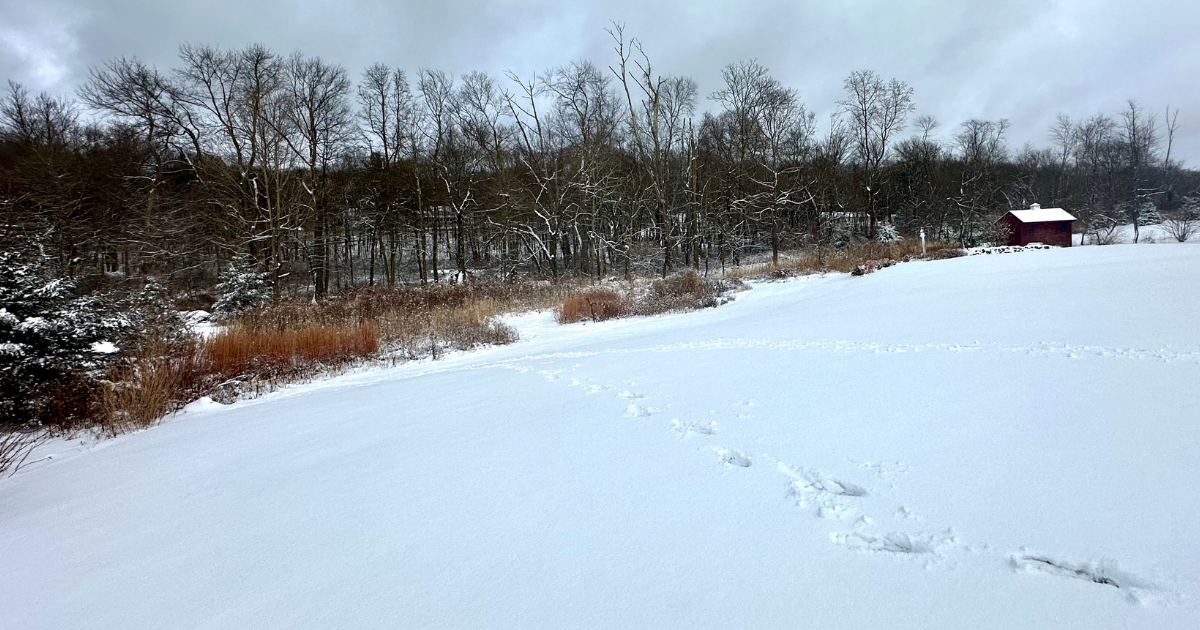
Let us help you bring your dream landscape idea to life.
Reach out at 203-270-7771 or email [email protected].
